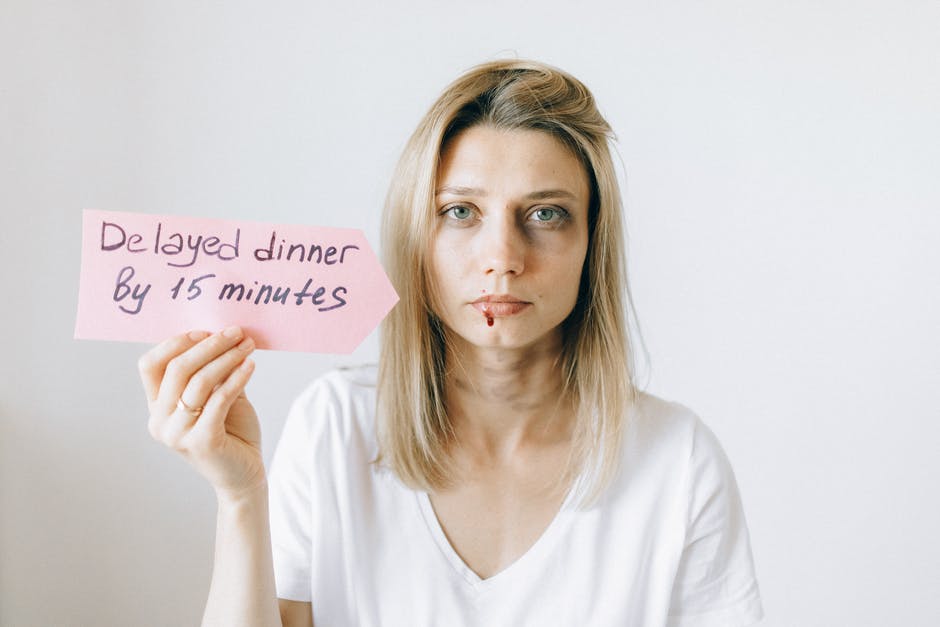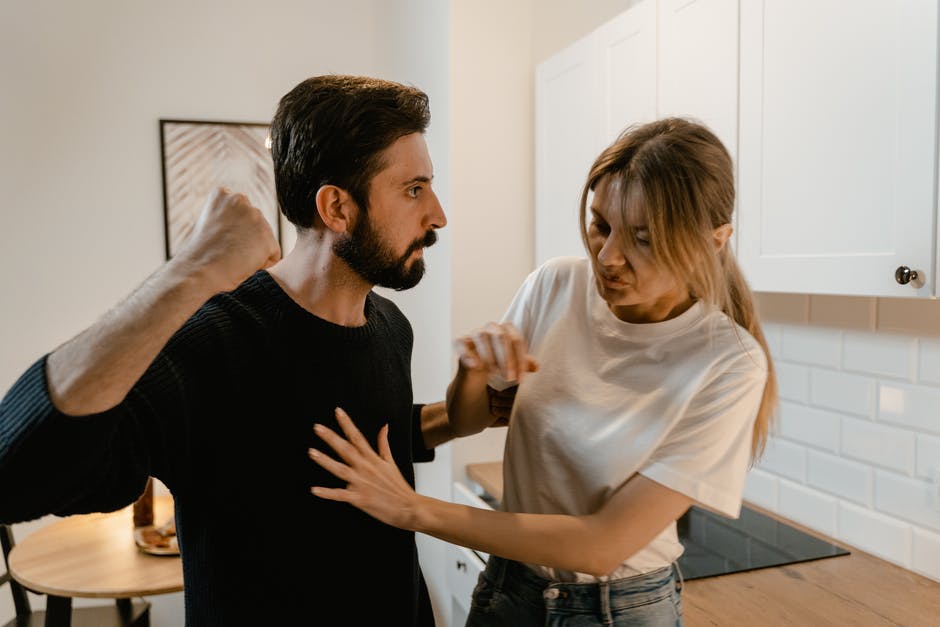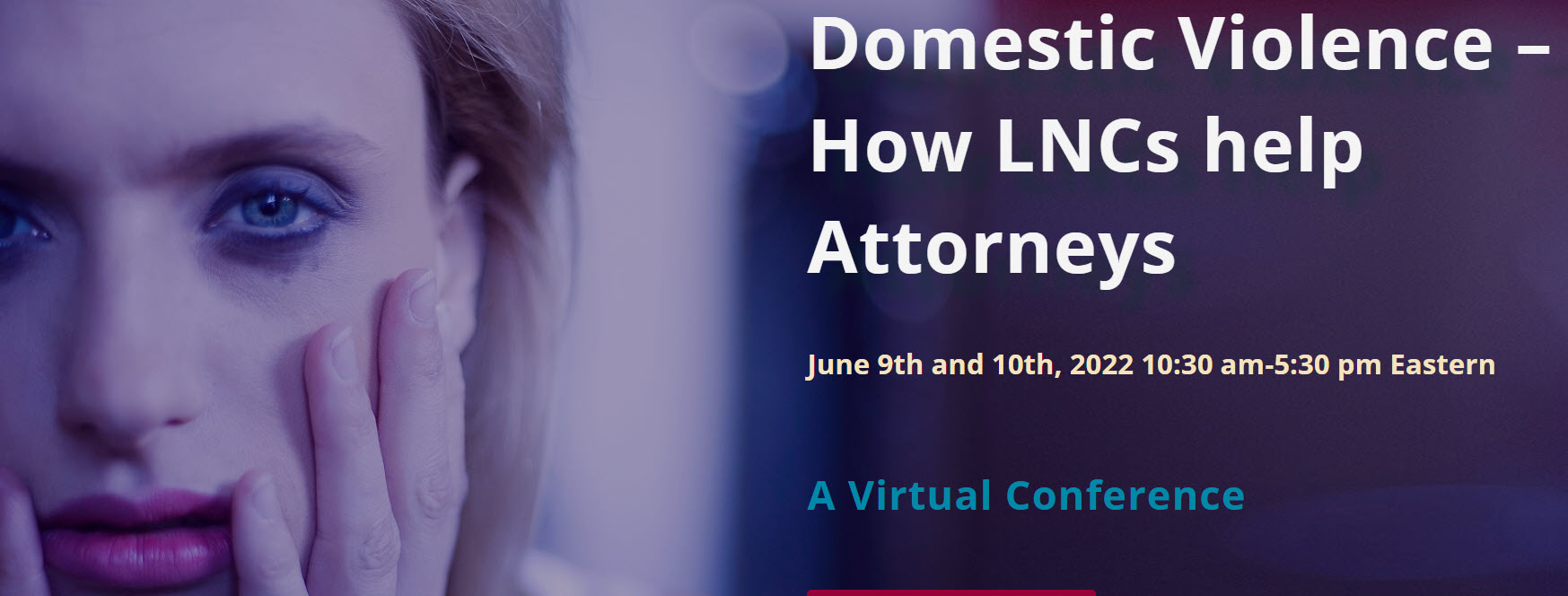Intimate Partner Violence: Why Do They Stay?
 Intimate partner violence is about 3 words: dominance, superiority, and surveillance. The abuser feels powerful, in control, superior to his victim, and wants that person under his watchful eye.
Intimate partner violence is about 3 words: dominance, superiority, and surveillance. The abuser feels powerful, in control, superior to his victim, and wants that person under his watchful eye.
Battered women may feel so ashamed and helpless that they hide their bruises behind their own doors. But battering is no longer the woman’s burdensome secret. The wife who is punched, slapped, pummeled, or kicked knows she is not alone.
Not only is the abused woman learning that other women are coping with the problem, she is also learning about organizations, safe houses, and people who can help.
Forty-two years ago when I published my first article, The Battered Wife, in Nursing 80, there were an estimated 4 million abused women in the U.S. Now the numbers are closer to 10 million. Of course, no one knows the real number because of the shameful nature of this violence.
Lock it down and it lashes out
What we do know is that the number of cases of intimate partner violence in the home are on the rise. The media shares stories about how the pandemic increased spousal and child abuse, likely related to the isolation, inability to escape without respite from the abuser, deprived of safe space, deprived of opportunities to contact others for help and support, and decreased financial resources.
There is more awareness now of intimate partner violence
Healthcare providers routinely question patients on admissions to the hospital or ED if they are in an unsafe environment at home, a question spurred by The Joint Commission regulations.
More often, the victim of physical or emotional abuse is daring to walk away from the man who abused her and shows up in the ED, doctor’s office or mental health clinics. If she has access to the hot lines (1-800-799-SAFE), task forces, and safe shelters, she has alternatives.
Physical and emotional abuse affect all levels of society and all types of women and men. Over their lifetime, one in 4 women and one in 7 men will suffer physical or mental abuse from an intimate partner.

Who is at risk?
As an LNC working on a case involving intimate partner violence, you may see the patterns:
- The young victim who is coupled with a partner who has not learned anger management skills and is immature.
- The person might be at the bottom of the economic scale who cannot support herself independently due to lack of employable skills.
- The victim is often uneducated. Women with more education are more likely to have the means to get a job to escape the household.
- There is a greater likelihood that the victim is mentally ill – with anxiety, depression, schizophrenia, alcoholism, drug dependence or antisocial personality disorder. Whether the illness comes first or is caused by the abuse is unclear.
Why Women Stay
- Many victims are ambivalent about staying. She has ties of loyalty and she hopes he will change.
- She is controlled. He makes the money, he has the car, he has the keys, and he isolates her from her friends.
- She is protecting her children. Without him, she’d be on the streets. In fact, half of homeless women and children are victims of domestic violence.
- She’s been conditioned to believe she deserves to be mistreated. She has somehow provoked her husband’s attack. She is ashamed to reveal the problem to friends and family who might help her.
- She might have been raised in a home where violence was the norm.
- She knows he will find her. She can run but she can’t hide. A total of 78% of women killed at their workplace were murdered by their abuser.
You are in a position, as a legal nurse consultant, to help attorneys with these cases. It takes more than desire; it also takes knowledge of the medical consequences and issues associated with abuse.
 Get the skills to help attorneys by attending our conference: Domestic Violence, taking place June 9 and 10, 2022. The conference will be recorded and available for purchase afterwards. See all the details and reserve your seat at this link. http:LNC.tips/DV.
Get the skills to help attorneys by attending our conference: Domestic Violence, taking place June 9 and 10, 2022. The conference will be recorded and available for purchase afterwards. See all the details and reserve your seat at this link. http:LNC.tips/DV.
There is increased awareness of the resources for help, and even a simple way to tell another person that she needs help. If you are not familiar with the hand signal for help, learn it in this quick video. See it at this video.
Pat Iyer’s first article on domestic violence lead to her first book, and that led to her first case as an expert witness, and that led to creating an independent LNC business. It all started with that article.
